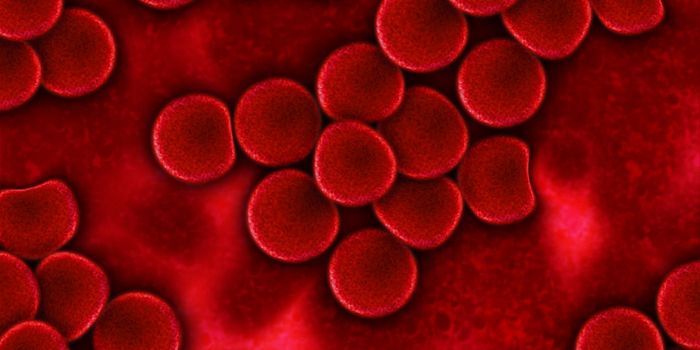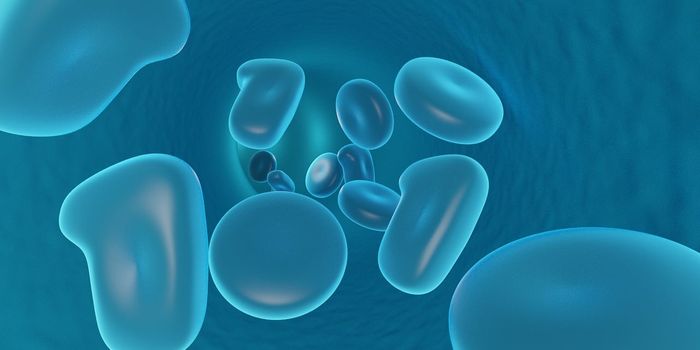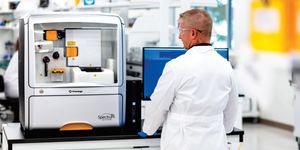New Technology Inspired by Butterflies Can Detect Cancer
Different species have evolved to process certain senses better than other species. For example, humans can hear frequencies of about 19,000 Hz, but dogs can hear sounds up to 45,000 – 67,000 Hz. Dolphins produce sounds called clicks to echolocate, reaching up to 150,000 Hertz. Dolphins “echolocate” by releasing high-frequency sounds by listening for the echoes projected off objects. Thus, dogs and dolphins can hear sounds at frequencies that humans cannot detect.
Similar to species-specific abilities in processing sound, some species can process light better than the human eye. Butterflies possess a unique ability to recognize a broad range of colors, including those in the light spectrum's ultraviolet (UV) range. The healthcare field uses UV light techniques extensively, such as that used for dermatological imaging.
However, UV imaging techniques pose a challenge due to the rapid absorption and attenuation of light in the UV range. A team of researchers at the University of Illinois at Urbana-Champaign sought to tackle this challenge with inspiration from the animal kingdom. The researchers looked at the UV-sensitive visual processing abilities of the Papilio xuthus butterfly to develop a sensor capable of resolving images in the UV range.
The researchers recently published their study describing a new imaging sensor in Science Advances. The sensor uses two unique mechanisms to detect UV light. First, a nanocrystal later converts some of the UV signals into a visible fluorescence spectrum. The rest of the UV light enters a photodiode that detects UV light. The camera, known as a complementary metal-oxide semiconductor (CMOS), requires simultaneous detection of the visible fluorescent light and the absorbed UV light.
So, what can this novel technology do for medical oncology? The authors demonstrate that the UV fluorescence imaging data can differentiate between cancer and normal cells with 99% accuracy. The researchers used their device to examine breast cancer and normal cell lines, differentiating the two based on divergent autofluorescence properties.
The authors suggest that with further study, this technology could have important implications for not only medical imaging but also military target tracking and industrial automation.
Sources: Beh Neurosci, Photodiagnosis Photodyn Ther, Sci Adv









